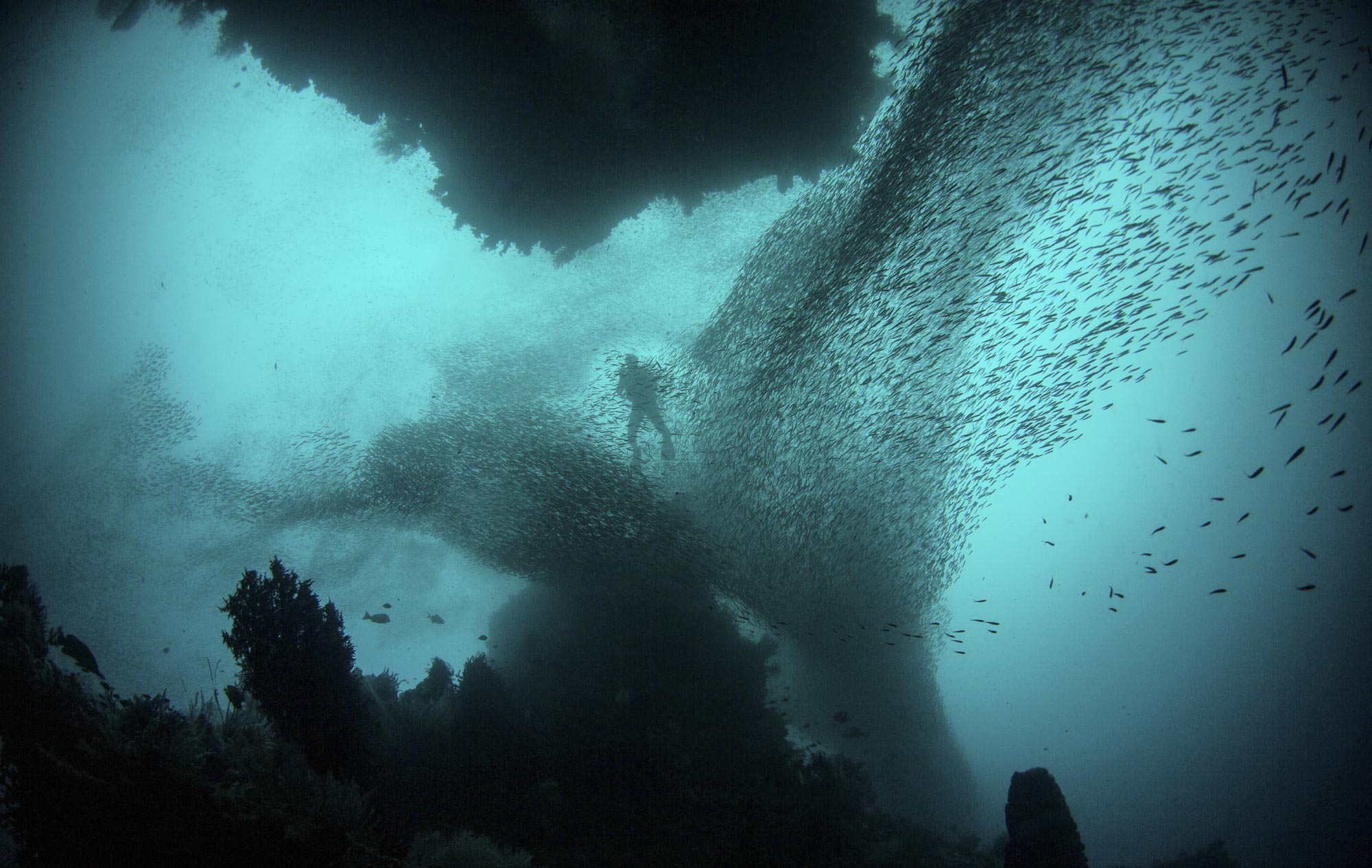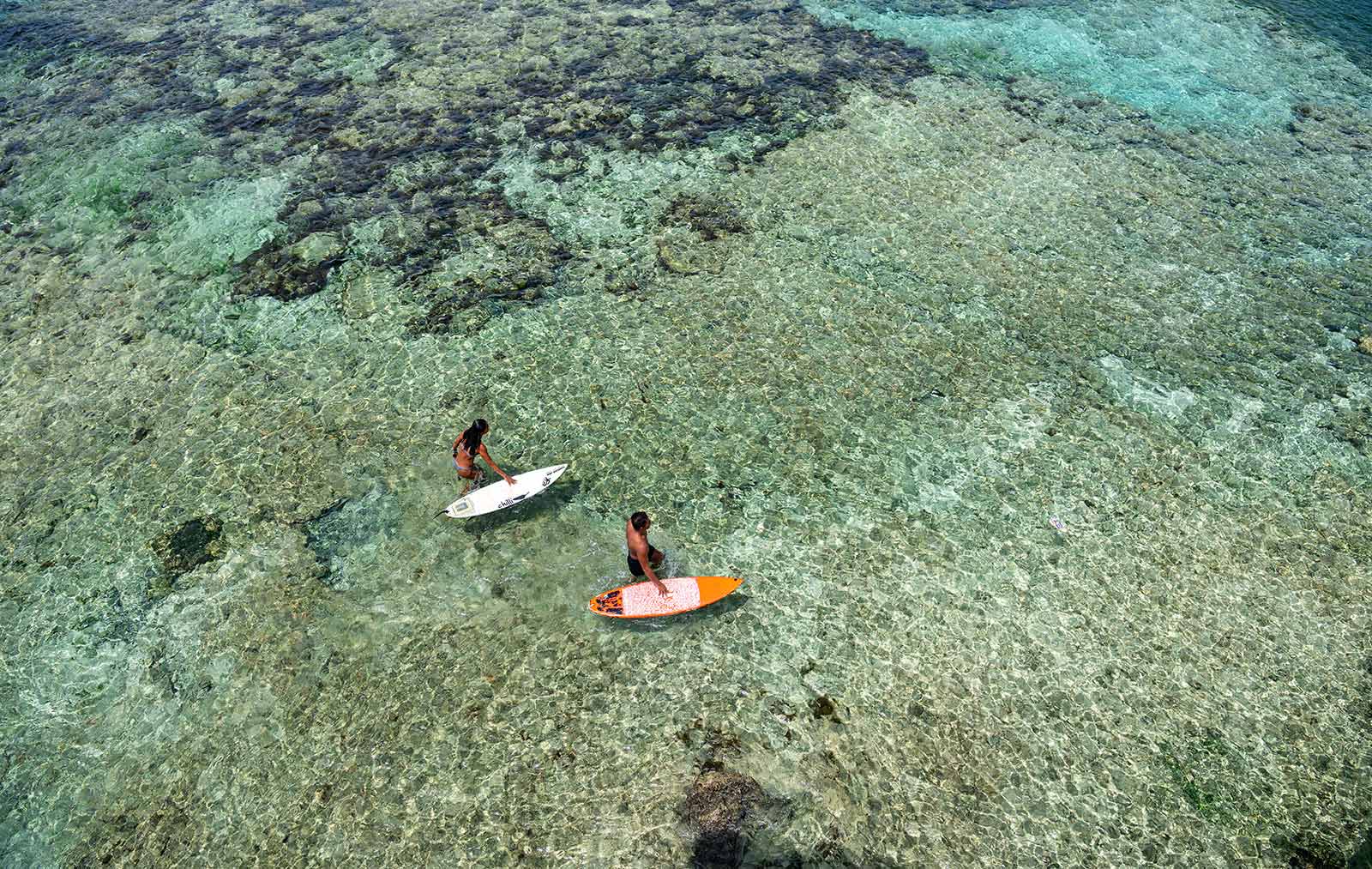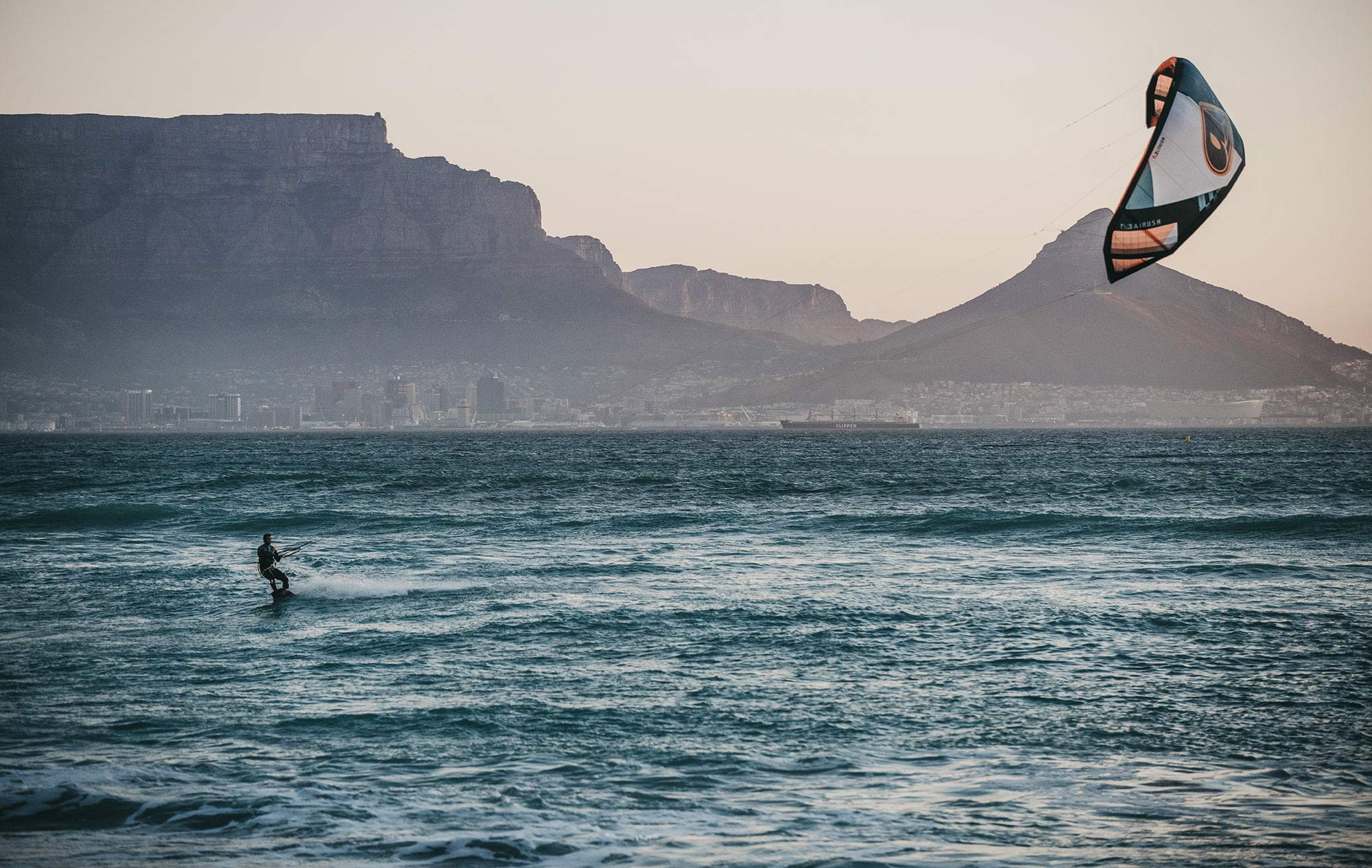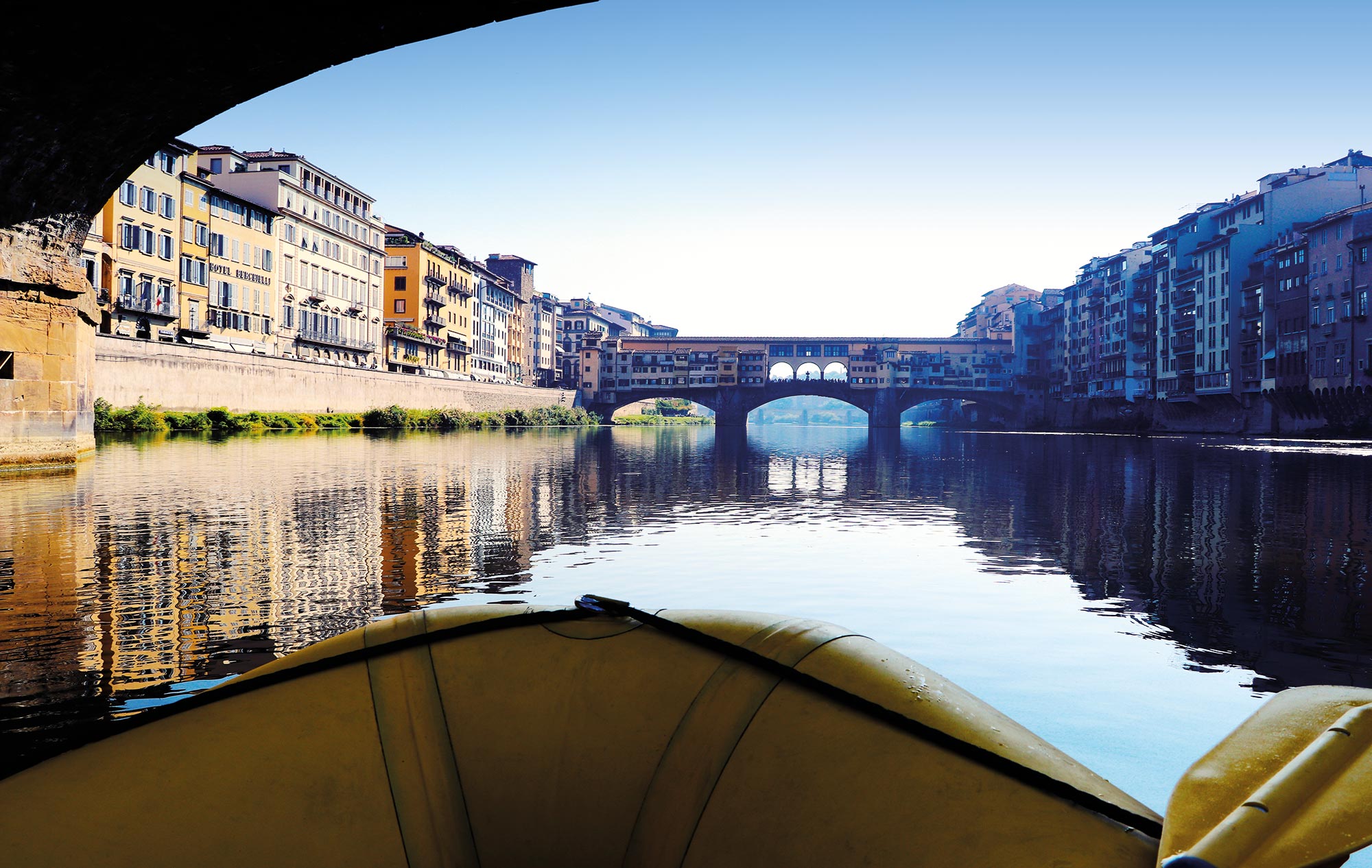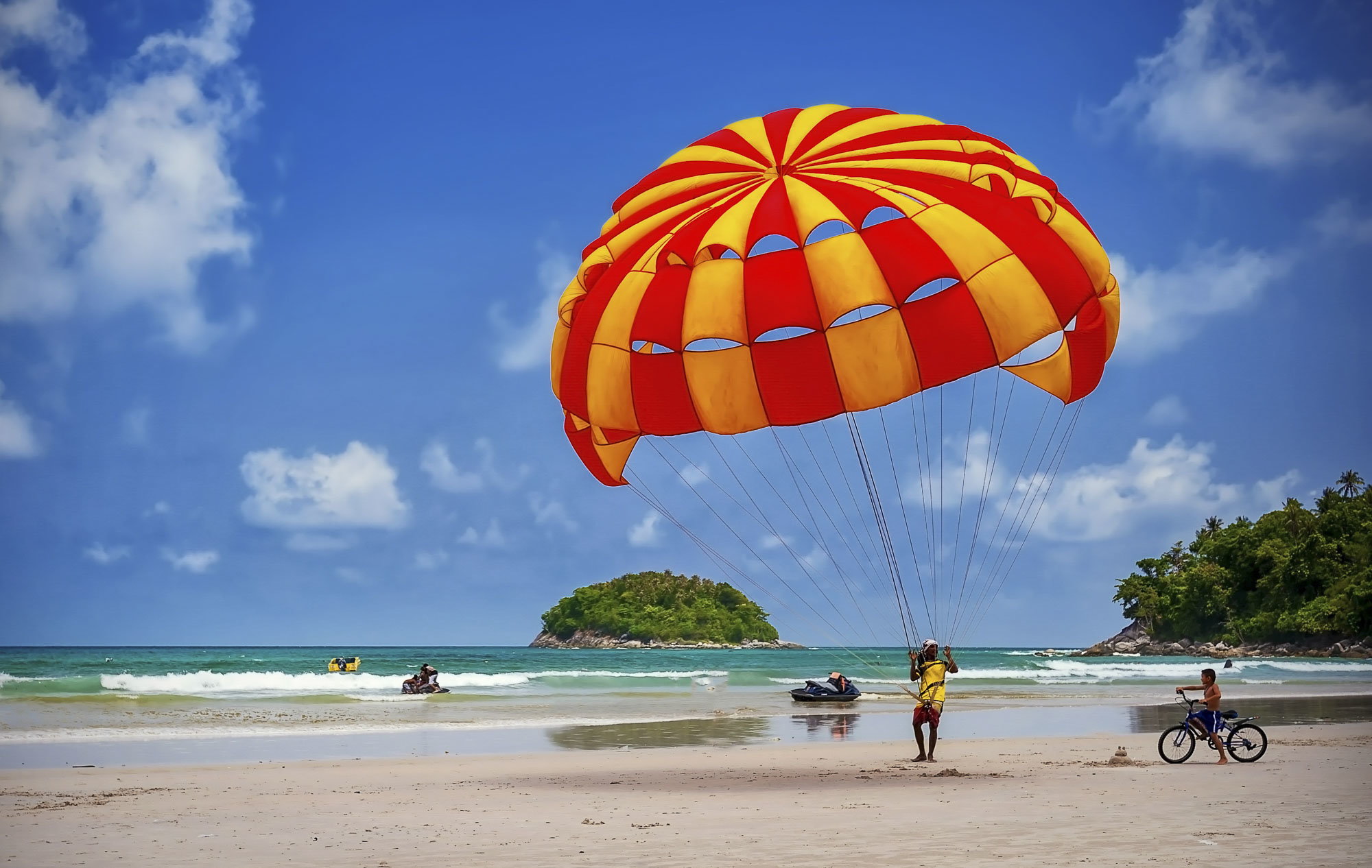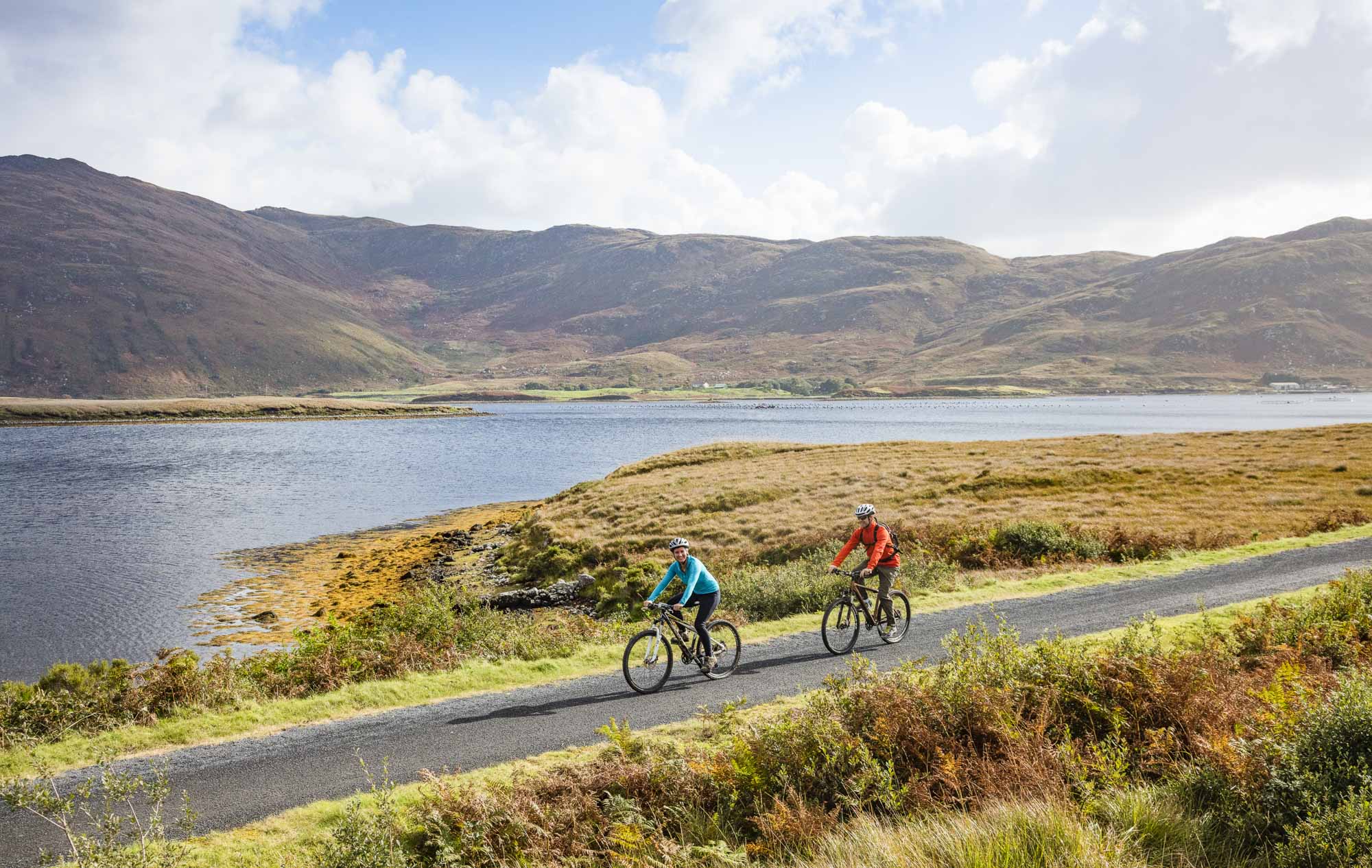Since Jacques Cousteau opened our eyes in the 1960s and ’70s to the underwater world of coral reefs and their denizens, scuba diving has surged in popularity. Whether it’s awe-inspiring big fish, the kaleidoscopically colourful creatures that inhabit coral reef ‘cities’ or historical wrecks frozen in time, diving can create experiences and memories that last a lifetime.
The consequences of human expansion and environmentally harmful activities have taken a severe toll on reefs worldwide. These days, to see pristine coral and healthy marine life you’ll need to travel to some pretty remote locations. But the journey itself can be half the adventure.
Tubbataha Reef, the Philippines
The Philippines’ premier dive destination is a set of submarine pinnacles and atolls in the middle of the Sulu Sea between Palawan and Mindanao. It has been named a Unesco World Heritage site for its relatively untouched underwater landscape. Water clarity is superb because it’s 150 kilometres away from the nearest large island and surrounded by deep water – the only way to get there is on a liveaboard boat. You never know what you’re going to see here, from whale sharks to marlins, turtles to dolphins; plus there are more than 600 species of fish living among the 360 different species of coral that colonise the reef.
Great Barrier Reef, Australia
Known as one of the great natural wonders of the world, the planet’s longest reef still has what it takes to excite – though to see it at its best, head for the northern areas of the Coral Sea. The Ribbon Reefs, in particular Cod Hole, are renowned, while Osprey Reef and the Eastern Fields are remote, pristine attractions for liveaboards. Diving the Eastern Fields provides the chance to see numerous pelagics, including plenty of sharks, as well as gardens of enormous sea fans.
Raja Ampat, Indonesia
This picturesque ecosystem – both above and below the water – comprises scores of small bays and islands off the far northwestern tip of New Guinea. Part of the Coral Triangle, this region contains the richest marine biodiversity in the world. It can be explored from shore-based resorts or on liveaboards, which meander through the island maze, seeking out dive encounters with everything from whale sharks and wobbegongs (carpet sharks) to multicoloured nudibranchs and cloud-like shoals of dainty damselfish.
The Maldives
This Indian Ocean atoll archipelago’s reefs suffered from the 1998 El Niño event, but they have recovered well. Luxury resort diving is on offer at dozens of islands, or you can cruise by boat between the atolls. For fans of manta rays, one of the world’s most impressive undersea sights is the gathering of mantas in Baa Atoll in the northwest, or Gaafu and Laamu atolls in the south – watching them follow each other mouth to tail in majestic, graceful circles of some mysterious underwater dance is a life-affirming experience.
Palau, Micronesia
Consistently rated among the top three dive spots in the world, Palau has classic wall diving, Second World War wrecks and big fish action to take your breath away. Top sites include Blue Corner and Peleliu Express, where face mask-ripping currents draw squadrons of grey reef sharks, dogtooth and yellowfin tuna, great trevallies – and even oceanic whitetips and marlins if you’re lucky. Jellyfish Lake is another spellbinding dive, through clouds of pulsating, stingless jellyfish.



